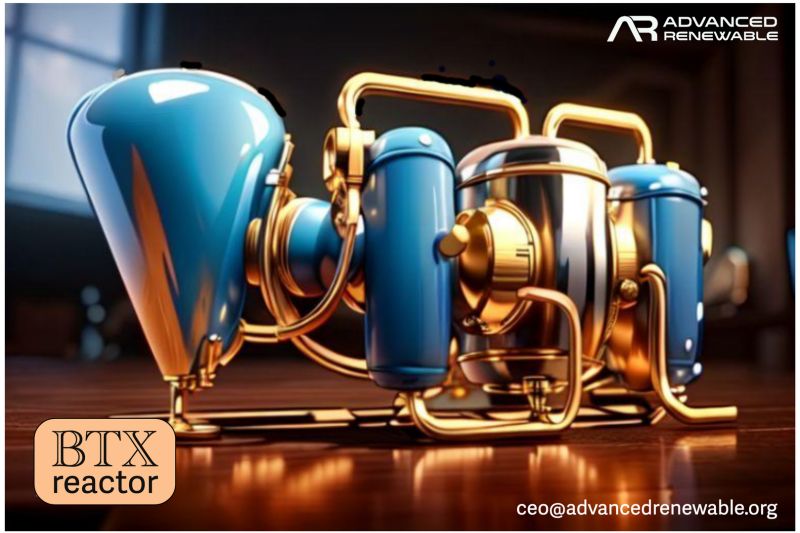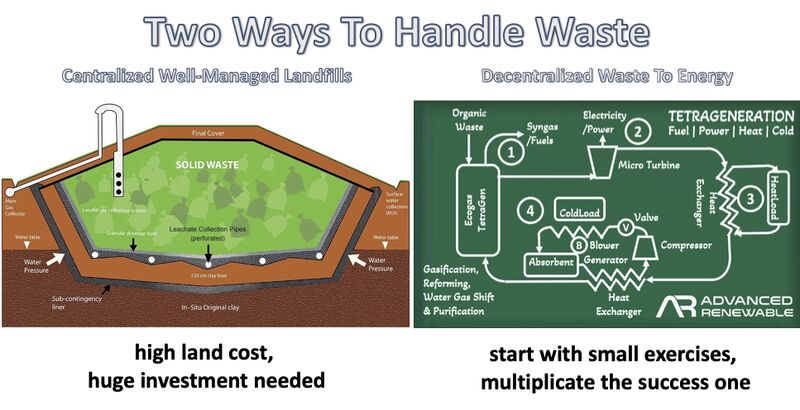BTX Reactor for Advanced Biofuels
Advanced Renewable
Mon , 06 May 2024 16:57 WIB

The next generation of biofuels, which is called Advance Biofuels in the European Union under the Renewable Energy Directive II (RED II) scheme, has come into effect gradually since 2 years ago until its full implementation in 2030. This is actually a big opportunity for us, why is that?
What is called Advanced Biofuels actually emphasizes the raw materials, of course they have to be non-fossil, they have to be bio-based materials but also non-food ingredients, they don't compete with land for food crops, forests and they can't damage the marine ecosystem.
Of the 17 material items specifically targeted at RED II, the majority are with us, namely husks, straw, corn cobs, sugar cane bagasse, urban organic waste, empty palm fruit bunches, palm oil mill effluent (POME), solid and liquid livestock waste , all cellulosic and lignocellulosic non-food waste.
With materials that are actually very common for us, but why is it called Advanced Biofuels or sophisticated biofuels when used as fuel? where is the sophistication? It is precisely from this common materials that if we can make it into fuel in the same class as petroleum-based petrol, diesel, jet-fuel, LPG etc. - which are exactly same characteristics but these are completely carbon neutral because it is made from biomass, then this is where its sophistication.
If we can produce fuel by mining or importing oil, that's normal. But when we produce it from municipal waste and agricultural waste, it requires a sophisticated process, which means we also need sophisticated reactors.
These sophisticated reactors for the production of Advanced Biofuels have been the focus of our R&D at the Advanced Renewable Organization (ARO) for the past few years, one of the results is the reactor in the picture below which we call the BTX reactor, Biomass To X, the X can be diesel, jet-fuel, petrol and LPG according to the RED II standards mentioned above.
BTX is actually an integration of 3 reactors, the first is a gasification reactor for the production of syngas from biomass which by default is still rich in CO, the second is a Water Gas Shift (WGS) reactor to use some of the CO for H2 production, and finally the Fischer-Tropsch reactor to react the remaining CO with H2 with the ratio (H2/CO>2) to become diesel, jet-fuel, gasoline and LPG. Focusing on one of these results can be done by controlling temperature, pressure, catalyst and residence time.
We have started producing these reactors one by one on an order basis, but we are also looking for manufacturing partners for mass production, to anticipate large demand in line with the increase in the need for Advance Biofuels mentioned above towards the SDGs 2030, which coincides with the full implementation target of European Union's RED II.
Pos Lainnya
Tetra Generation To Protect The Next Generation
May 06, 2024
Regenerative Biomethane Revolution
May 06, 2024
Biomethanol for Decarbonization Acceleration
May 06, 2024
Decarbonization Technology
May 06, 2024
Kategori
Renewable Energy






Silakan mendaftar terlebih dahulu!
Untuk memposting komentar baru. Anda harus login terlebih dahulu. Masuk
Komentar
Tidak ada komentar